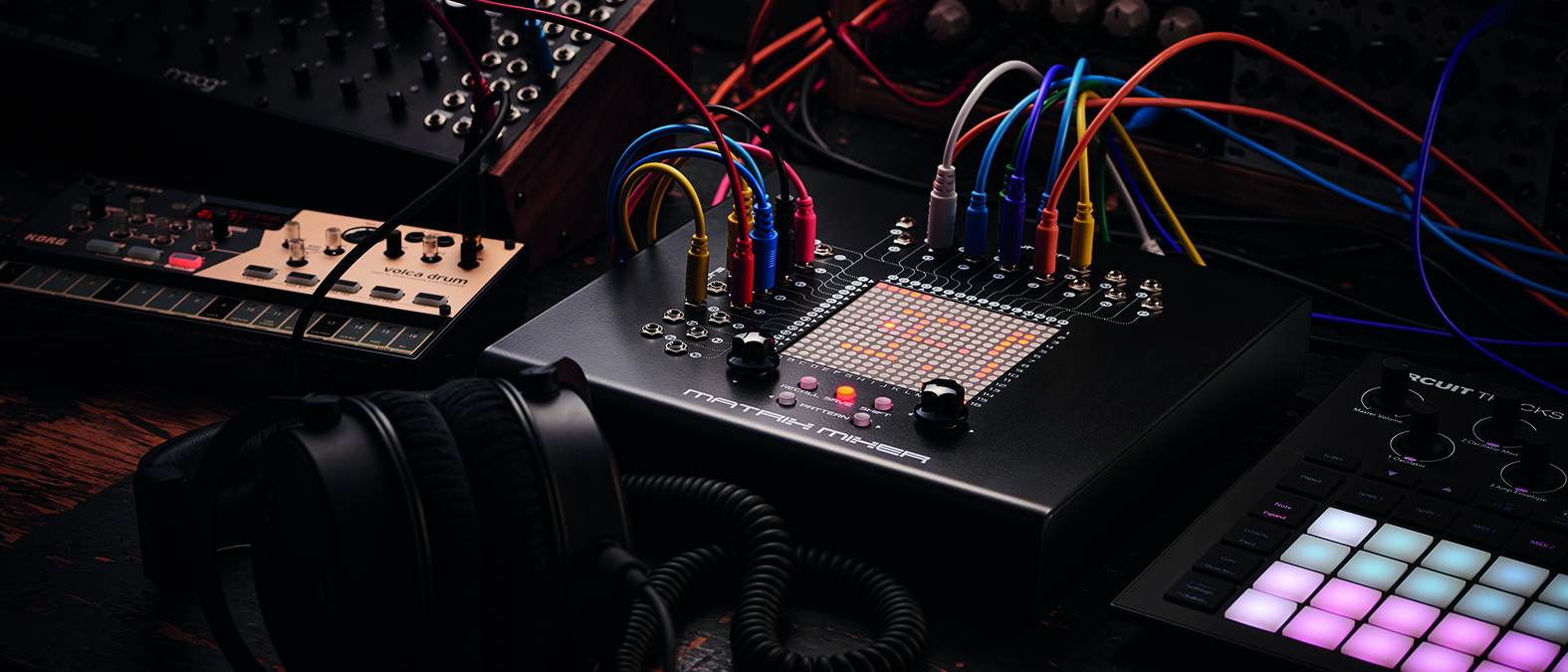MusicRadar Verdict
The Matrix Mixer offers an elegant solution to what many find a barrier to success with modular synths. The ability to recall variation and diversity in relationships between modules can take what’s often an experimental approach to something repeatable and logical.
Pros
- +
Rugged with an all-metal design.
- +
254 memory slots for presets.
- +
All ins and outs are buffered.
Cons
- -
Lots of empty front panel space (although that could be used for scribble strips!).
MusicRadar's got your back
Erica Synths Matrix Mixer: What is it?
Erica Synths’ Matrix Mixer is a step toward making modular synthesis a much more palatable proposition for many users, especially those who are put off constant re-patching.
Modular can feel paradoxically both limited and endlessly free, with the way modules are connected, patched and re-patched, attributes controlled by various other modules and the navigation that results in. It can be wonderfully experimental to design sound this way but it comes at the price of limitations in a repeat performance. Many tales exist of artists being too scared to strip down a patch in case they lose the mojo they just discovered.
You soon build up a vast collection of possibilities, all without pulling a single cable
The Matrix Mixer solves so much of this in a truly usable way. In essence, it is a very simple device. A sturdy metal chassis houses a number of inputs and outputs, all of which can be patched in any number of ways. Any input can be sent to any output, or multiple outputs, by simply activating the corresponding point on the matrix where they collide.
This in itself is very useful. Imagine being able to line up all of your sound sources and have any number (up to 16) of triggers, gates and volts per octave sources also patched. With a twist of a knob you can create any combination of these. Throw in various envelope generators, filters and effects and you soon build up a vast collection of possibilities, all without the need to pull a single cable. That’s what the Matrix Mixer does, and then some.
Erica Synths Matrix Mixer: Performance and verdict
On top of the unit are the patch points, spaced well so that 90-degree cables fit as well as straight-up options (something other modules could do better at). The centre is dominated by the matrix itself, which is illuminated; various LED strengths signifying intensity levels.
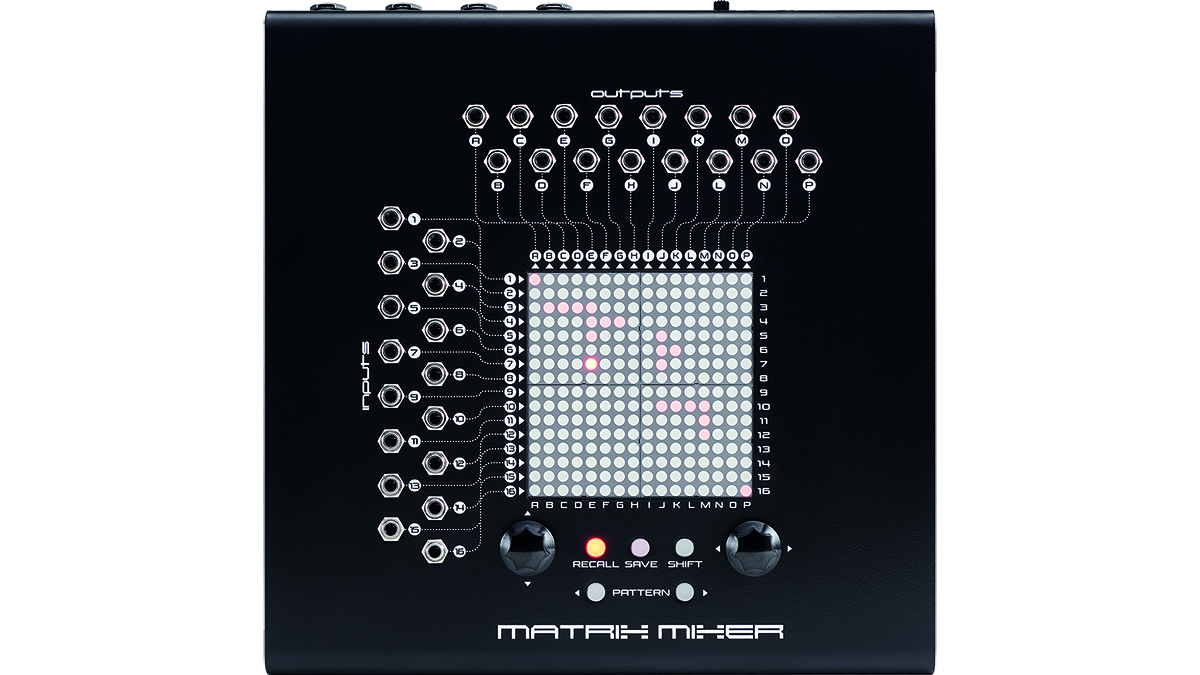
Round the back are two pairs of quarter-inch jacks, so you aren’t limited to modular here. You can include other instruments in your presets, as well as use this as an output device, which in turn could free up valuable hp in your main modular case.
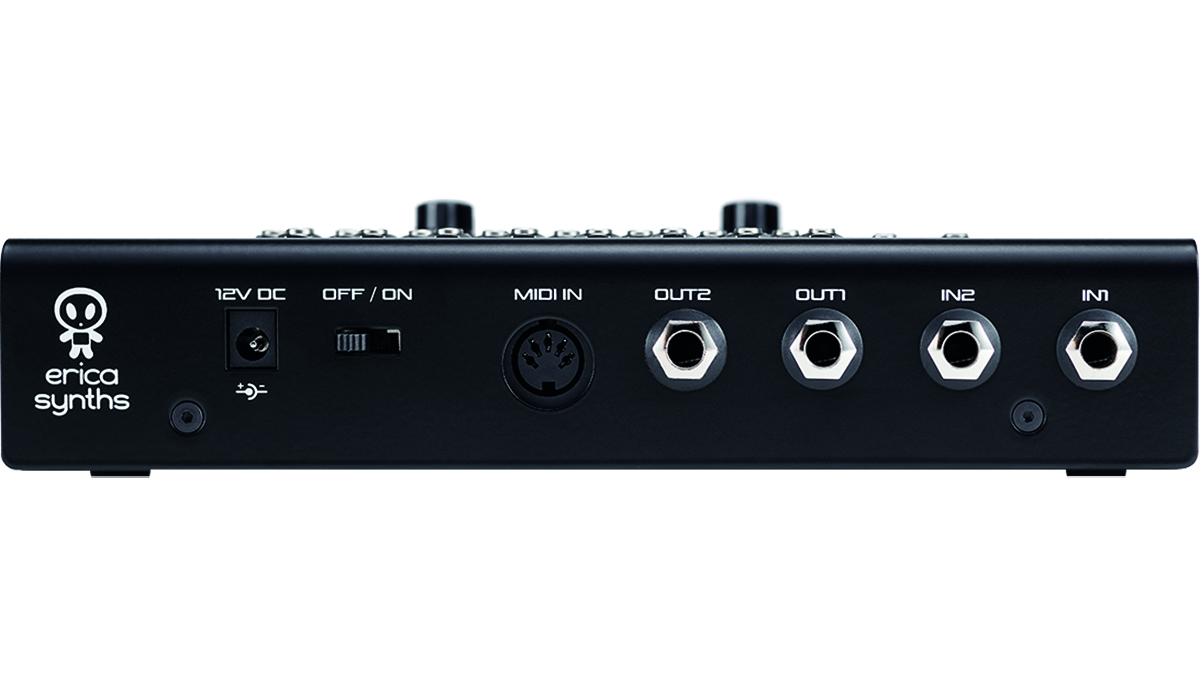
Because yes, this machine has presets. 254 of them, easily saved and loaded from the top panel’s handful of controls. There are buttons for save, load and pattern selection, then two rotary knobs, whose function is to navigate the matrix, like an Etchasketch.
As much as the Matrix Mixer is kind of like the lovechild of a mixer and a mult, it offers yet more. Each matrix point can be attenuated at three different levels, with a press of the left knob (hence the led strengths) meaning even less need to head to individual modules to further shape and refine your patches. These can be used for anything and act kind of like VCAs, albeit a little basic.
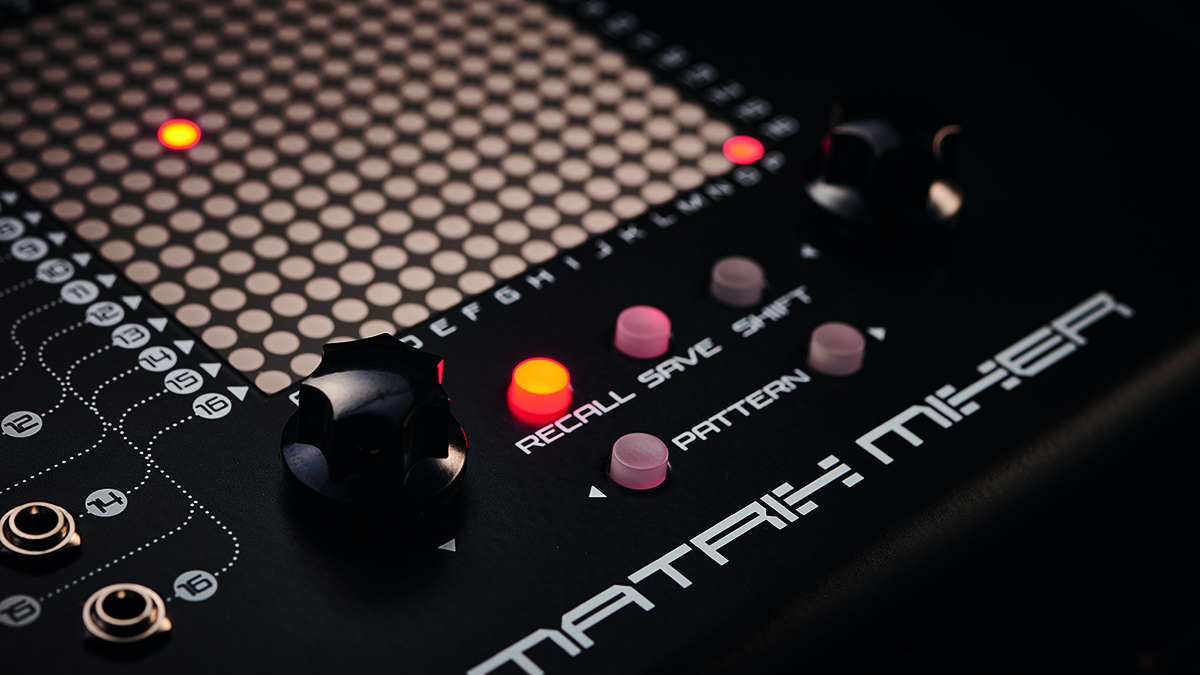
These functions come together in far more than the sum of their parts. Moving these functions to the desktop will be, for many, a rather important factor and one that could encourage using modular for more projects than might have been the case without the Matrix Mixer. There’s no messing with cables, reach-through nests of wires to find what you are looking for and, as it sits on the desk, it is always to hand.
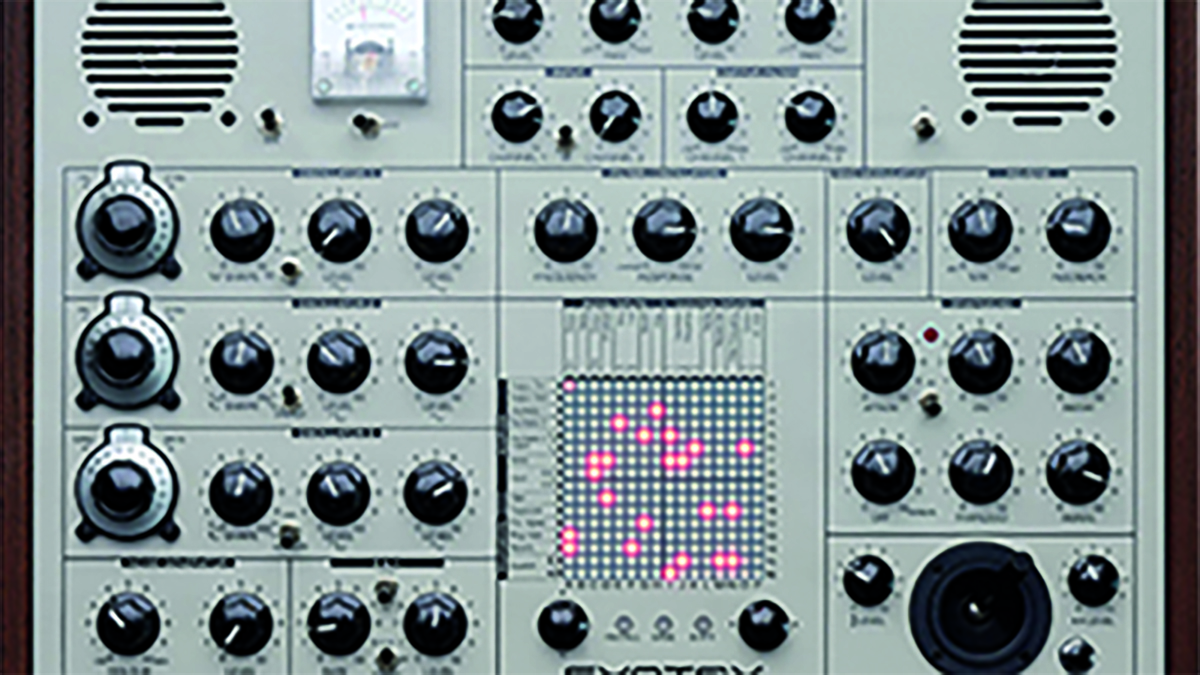
• Erica Synths Syntrx
The price does get you, unsurprisingly, a very similar matrix mixer and at that price, you won’t really be shocked to hear that you also get a very nice synthesizer into the bargain. Complete with a semi-battered casing graphic, this is modelled to a very exacting specification.
• Arturia MatrixBrute
Similarly to the Syntrx, the Arturia behemoth employs a very familiar matrix system. Although most channels are prewired, there are some user slots, making this a versatile machine.
• Future Sound System MTX
For an in-case option the MTX is a more traditional pin-based matrix. It has no presets for its nine channels of I/O but still helps keep a case tidy and logical.
The added ability to communicate and patch devices other than modular is huge too. If you use a standalone synth or drum machine you can take feeds from them to incorporate easily into your music, making the Matrix Mixer a fantastic hub for the studio. An increasing number of standalone instruments now feature varying levels of cv I/O. Used with the Matrix Mixer these become immediately more useful.
Not only that but items like Arturia’s Keystep Pro and similar gain decent levels of enhancement. For example, the three melodic channels of I/O can be sent to multiple areas of a system. You retain the obvious uses but think about sending a modulation track to the mixer – that could be used to control 16 different attributes across a rig or multiple cases. One could be patched to a second row of 16, and so on, too.
This is, on the face of it, a fairly simple device but it opens a lot of doors for performance and makes the life of a less experimental modular synthesist much easier.
MusicRadar verdict: The Matrix Mixer offers an elegant solution to what many find a barrier to success with modular synths. The ability to recall variation and diversity in relationships between modules can take what’s often an experimental approach to something repeatable and logical.
Erica Synths Matrix Mixer: The web says
"Erica Synths’ Matrix Mixer could change the whole way you think about modular."
Sound on Sound
Erica Synths Matrix Mixer: Hands-on demos
Molten Music Technology
Synth Diy Guy
Tim Shoebridge
Erica Synths Matrix Mixer: Specifications
- I/O: 16 in and 16 out patch points. Matrix system from the Syntrx. Built in attenuators.
- CONTACT: Erica Synths
“Wendy Carlos is able to build precisely the sound that she wants”: Watch synth pioneer Wendy Carlos in the studio, working Moog magic back in 1989
“It was originally called Everybody Wants To Go To War, which I knew didn’t work. When you’re a songwriter who doesn’t like the lyric, the song dies”: How Tears For Fears created an ’80s mega-hit
“No real sense of love coming from the festival toward the people… Just vibes curated for influencer culture”: Reggie Watts just summed up everyone's Coachella experience
